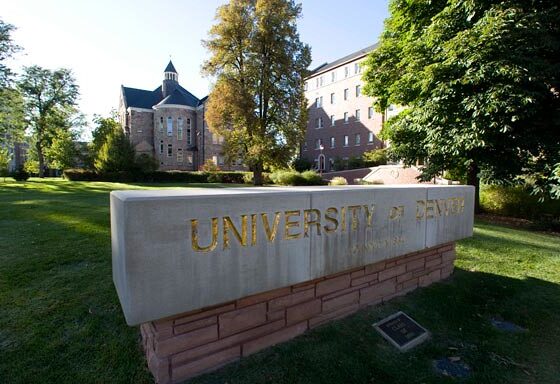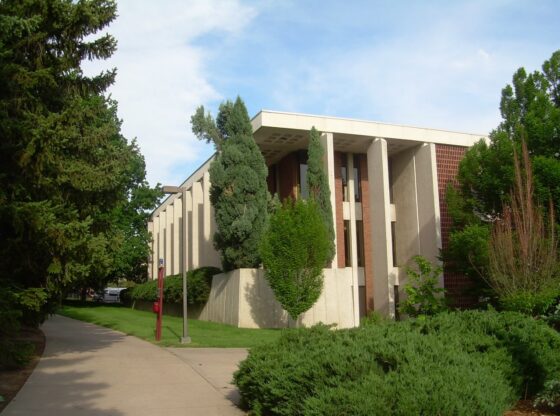Fourteen motion sensor lights will be installed in Centennial Towers by tomorrow, a project that will cost the university $14,919.
The lights are meant to to save nearly $5,000 per year according to Director of Housing and Residential Education Christy Cerrone.
The lights are part of an initiative by the ASCEND campaign at DU to reduce energy costs and carbon emissions.
According to university energy manager Tom McGee, the light sensors will save 74 cents per kilowatt hour compared to energy being used before the sensors were installed.
According to Cerrone, the project is expected to be “paid back” in benefits in just over three years.
With 66,000 kilowatt hours per year saved, the Centennial Towers carbon emissions will fall by 63 metric tons.
Eight motion sensor lights will be installed on each floor of the building, with each sensor costing $110 to install, said McGee.
Although the initial cost of the project was $22,000, rebates brought the final price down to $14,919. The cost will be split between housing and facilities at DU.
The new motion sensor lights will replace the lights installed when the building was first built almost 50 years ago. The original lights do not have a switch, so they have never been turned off.
“Essentially, these lights have been on for 48 years,” said Cerrone. “Now, for the first time, they can be turned off when not needed, such as during breaks or summer.”
According to Cerrone, approximately two-thirds of the lights in Centennial Towers will now be shut off during holiday breaks and the summer time.
The project was approved after a test of the program, which gauged students’ and staff’s thoughts on the lights. Five motion sensor lights were installed and tested on the fifth floor.
The response, according to Cerrone, was overwhelmingly positive.
“The residents said they still felt safe and secure,” said Cerrone. “They were unanimous in their support of rolling the project out to the rest of the building,”
The motion sensor lights are from the brand WattStopper. The sensitivity and time frame of the sensors are each adjustable, which means they can be set to an ideal strength and time frame.
DU and the ASCEND campaign both believe this will be an important step in the much larger goal of making DU carbon neutral.
“We hope that we will be moving on to the other buildings next,” said Cerrone.
She said she would like to move on to installing the lights in Centennial Halls, JMAC and Nelson next.
All of these buildings are equipped with the same lights as those being replaced in Centennial Towers.
“We need to ensure that all of our residential halls are as efficient as possible,” said Cerrone. “These lights are part of a lot of other projects which will all work together to make the halls more efficient.”
The other projects mentioned by Cerrone to reduce DU’s carbon footprint include the energy conservation competition between the residence buildings, which took place throughout first quarter.
DU also installed low-flow shower heads in Centennial Towers and Nelson last year.










